Contact Us
Office Mob: +8615524105871
Office Tel: +86-024-31931990
Office Fax: +86-024-22845391
Email: info@eoexport.com
Do you know these biosafety cabinet tips?1
In order to ensure the safety of staff in the operation of infectious materials such as primary cultures, bacterial strains and diagnostic specimens, biological safety cabinets play a greater role. With the rapid development of the biomedical industry, the demand for biological safety cabinets is increasing day by day. More and more pharmaceutical companies have used biosafety cabinets to achieve stable and high-quality tests and production. However, for the biological safety cabinet, do you really understand? Some common sense you know it all?
About the classification of biological safety cabinets. At present, biological safety cabinets can be divided into one, two and three, the classification level and safety level has nothing to do. Specifically, Class I biological safety cabinets primarily protect staff and the environment rather than protect samples. In addition, a biological safety cabinet itself without fans, mainly rely on external ventilation fan to drive the air flow, because the cabinet can not protect the product, the current market use less.
Secondary biological safety cabinet is currently a more widely used cabinet. According to the provisions of NSF49, according to the inlet airflow velocity, exhaust mode and circulation mode can be divided into four levels, namely A1 type, A2 type (former B3 type), B1 type and B2 type. Unlike Class 1 biological safety cabinets, Level 2 provides protection for workers, the environment and products.
Three biological safety cabinet is mainly designed for class 3-4 laboratory bio-safety level, the cabinet is completely airtight. The staff can operate the glove connected to the cabinet, while the test articles enter and exit the safety cabinet through the two-way transfer box to ensure no pollution. Therefore, three biological safety cabinets can be applied to high-risk tests.
Previous: Do you know these biosafety cabinet tips?2
Next: Tea packaging to diversify the development of mechanical equipment behind the driving force
Related Industry Knowledge
- Central signal to stimulate rural e...
- Dirty bags bring you to recognize t...
- Dirty bags bring you to recognize t...
- Experience the US Food and Drug Adm...
- Experience the US Food and Drug Adm...
- Experience the US Food and Drug Adm...
- Catering, frozen goods, instant noo...
- Catering, frozen goods, instant noo...
- Catering, frozen goods, instant noo...
- Do you know these biosafety cabinet...
- Tea packaging to diversify the deve...
- Characteristics of dumpling Leather...
- Chocolate production line related i...
- Test and operation of automatic dum...
- Maintenance of the Bun machine
- Noodle Machine Performance characte...
- Long-term storage place of dumpling...
- Operation notes of the steamed bun ...
- How to increase production capacity...
- A detailed introduction to the choc...



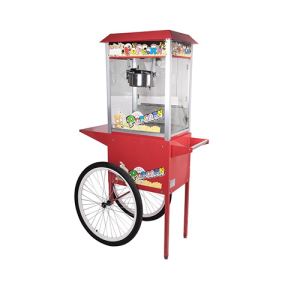
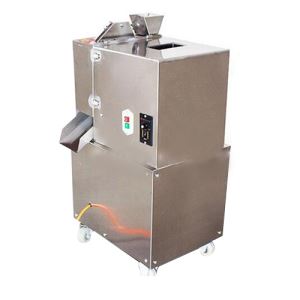
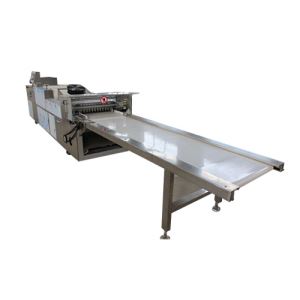
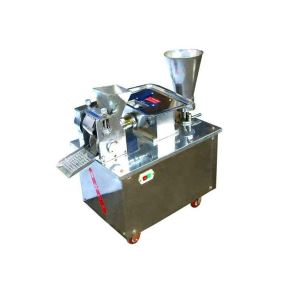
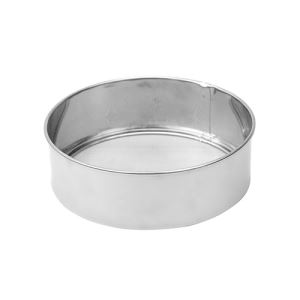
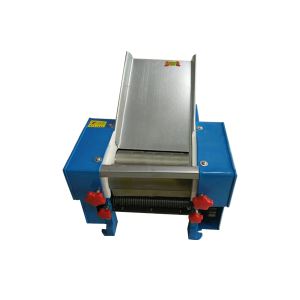

 Second Floor, No.29 Shiyiwei Road, Heping Liaoning Shenyang.
Second Floor, No.29 Shiyiwei Road, Heping Liaoning Shenyang. +86-024-31931990
+86-024-31931990 +86-024-22845391
+86-024-22845391







